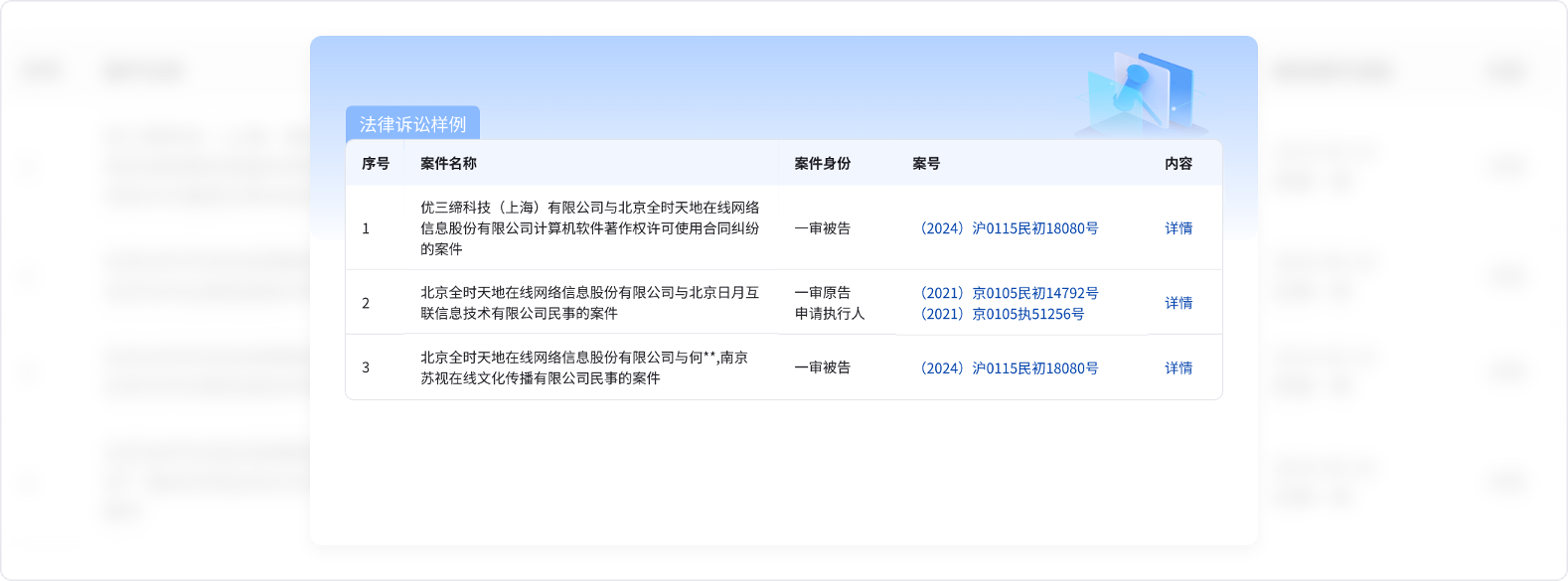江蘇春晨電纜有限公司生產金南春晨YCB扁電纜 卷筒扁電纜 行車扁電纜
在交流電路的分析計算中,也采用假定電流參考方向的方法,用正負值來表示瞬時實際電流的流向。
In the analysis and calculation of AC circuit, the current reference direction is assumed, and the positive and negative values are used to represent the flow direction of instantaneous actual current.
電工學網在電工與電子基礎學習環節的電路圖中如未加說明,圖中所標電流方向均為參考方向。電路中在沒有設定參考方向的情況下,電流的正和負是沒有意義的。
If not specified in the circuit diagram of basic electrical and electronic learning link of electrical engineering network, the marked current direction in the diagram is the reference direction. When there is no reference direction set in the circuit, the positive and negative currents are meaningless.
電動勢、電位和電壓
Electromotive force, potential and voltage
電動勢反映電源中電源力做功的能力,在數值上等于電源力把單位正電荷從電源的負極搬到正極所做的功。如果是直流電源,電動勢是恒定的,用大寫字母E表示;如果是交流電源,電動勢是變化的,用小寫字母e表示。 單位為伏特(V)。金南春晨YCB扁電纜 卷筒扁電纜 行車扁電纜
Electromotive force reflects the power supply's ability to do work, which is equal to the power supply force's work to move the unit positive charge from the negative pole to the positive pole. In case of DC power supply, the electromotive force is constant, which is indicated by the capital letter E; in case of AC power supply, the electromotive force is variable, which is indicated by the small letter E. The unit is volts (V).
直流電源的極性表示電動勢的方向是由電源負極指向電源正極,用符號-和+表示,如上圖(直流電動勢的表示方法)所示。在交流電源內,如電動勢的實際方向不知道時,也可假定電動勢的參考方向。
The polarity of the DC power supply indicates that the direction of the EMF is from the negative pole of the power supply to the positive pole of the power supply, which is indicated by the symbol - and + as shown in the figure above (expression method of the DC EMF). In AC power supply, if the actual direction of electromotive force is not known, the reference direction of electromotive force can also be assumed.
電位:電場中某點的單位正電荷具有的電位能,稱為該點的電位,用符號V表示,單位為伏特(V)。
Potential: the potential energy possessed by the unit positive charge at a certain point in the electric field, which is called the potential at that point, expressed by the symbol V, and the unit is volt (V).


























